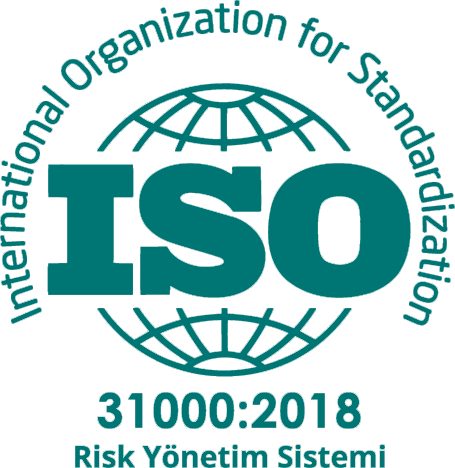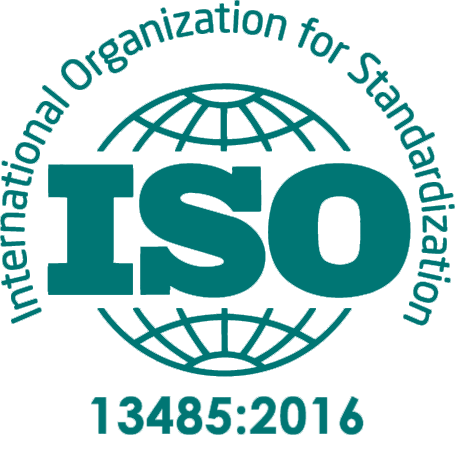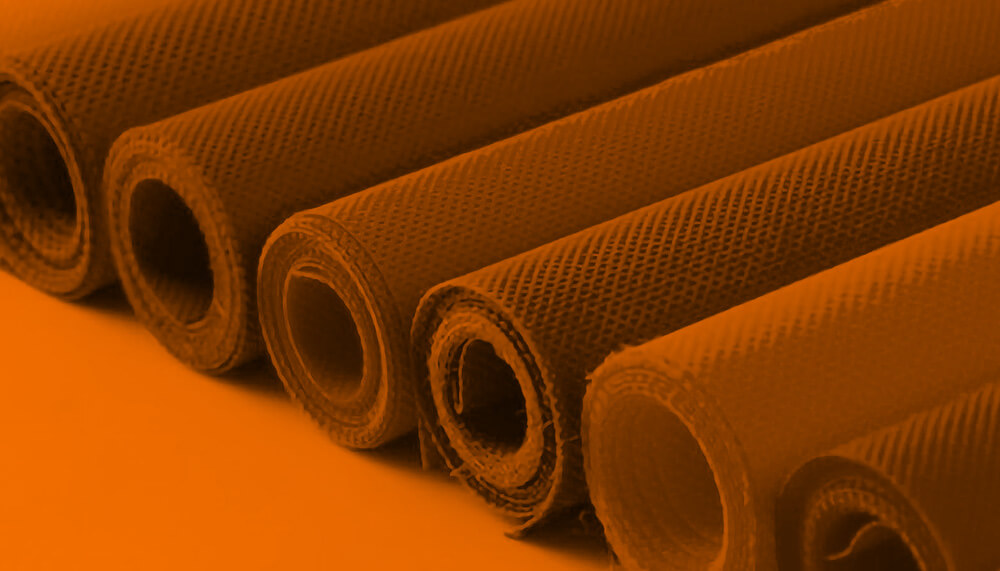What is Nonwoven Fabric and What Are Its Characteristics?
Nonwoven fabrics are textile materials produced without the traditional weaving or knitting process. Instead, they are manufactured by bonding, felting, or adhesion of fibers together. Nonwoven fabrics can be created by mechanically, chemically, or thermally bonding fibers.
Here are some characteristics of nonwoven fabrics:
1. Flexibility: Nonwoven fabrics are often flexible and can be easily folded, twisted, or shaped, allowing for various applications.
2. Lightweight: Nonwoven fabrics are typically lightweight, which makes them easy to carry and use.
3. Breathability: Many nonwoven fabrics allow air and moisture to pass through, providing a comfortable wearing experience.
4. Waterproofness: Some nonwoven fabrics possess waterproof properties, making them suitable for the production of water-resistant products.
5. Durability: Nonwoven fabrics are generally durable and resistant to wear and tear, making them suitable for the production of long-lasting products.
6. Easy Production: Nonwoven fabrics can be produced more quickly and cost-effectively compared to traditional weaving or knitting processes.
7. Variety: Nonwoven fabrics can have various properties depending on the type of fibers used and the production method employed. This versatility allows for their use in a wide range of applications.
Nonwoven fabrics find extensive use in industries such as hygiene products, medical materials, home textiles, automotive industry, and agriculture. Their flexibility, durability, and versatility make nonwoven fabrics a widely preferred textile material.


